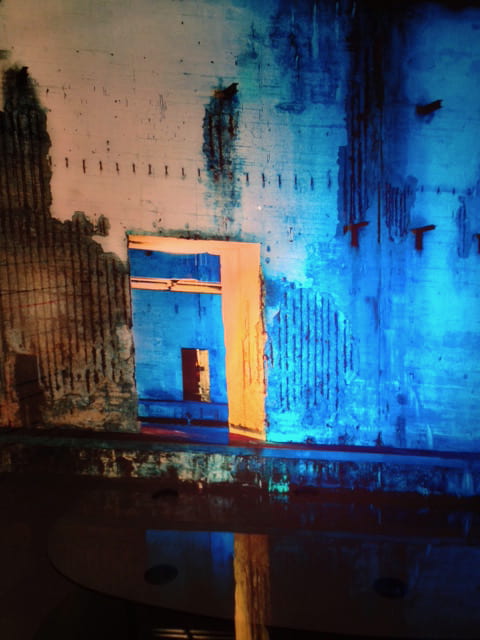Endnote/ Why We Need Art – Velleda C. Ceccoli, PhD
Why is it that so many in the psychoanalytic community are artists? Perhaps it is the manner in which art links feeling and thought. Perhaps it is because art symbolizes experience for us in a moment of sheer communion with the shadow of the other.
The first inkling I had regarding the power of art to access and elaborate emotions came to me through my studies in music and dance. It was through various classical composers that I learned about the depth of my own feelings and how easily accessed they were depending on what I was listening to or playing or dancing. Artists know this well, and they communicate and “speak” through art so that the rest of us can be stirred and touched through their aesthetic movement to our own. Perhaps this is one of the reasons we all have our personal, favorite composers, painters, choreographers- our individual interpreters of the movement of our own aesthetic sensibility. Bottom line: emotions and the language of affect are often better apprehended and expressed through art in all of its various forms. We need art and artists to capture and interpret internal experience and shape it into a corporeal state that speaks to us directly and from the inside.
As a psychoanalyst I began writing about art in 2000, knowing that it provides an essential communication to the deepest recesses of our experience and echoes our connection to early relationships and their reverberations within us.
Art provides us with a form of aesthetic communication that can bypass language and thought while accessing personal experience. Art dwells in an area of experience where words are not enough yet deep meaning is present. The aesthetic experience that art captures and translates for us speaks through rhythms, tones, and traces that are not yet coded through spoken language but are perceivable through colors and frequencies, a register of the senses, that is yet to be defined by language and defies a particular meaning. Think of how deeply a particular painting can touch you, or how transporting a novel or poem can be, stirring our imagination and our heart. Or music, which is capable of providing an extra dimension to reason, rationality, logic and language by filling in for what words alone cannot possibly capture. Think of Opera as an example of bringing emotion into dialogue musically, the harmony changing the meaning of the melody, the rhythm varying its intensity.
In speaking about art, the English writer Jeanette Winterson credits art for changing her way of seeing and her capacity of feeling. She gets right to the point:
Art opens the heart.
*
Winterson, J. (1995) Art Objects:Essays on Ecstasy and Effrontery. London: J. Cape.
Velleda C. Ceccoli , PhD. – Executive Committee, NYU Postdoc; on the faculties of the NYU Postdoctoral Program in Psychotherapy and Psychoanalysis, The Stephen Mitchell Center, The Institute for Relational and Self Psychologies in Milan, Italy, and the American Academy of Psychoanalysis. She is also on the editorial boards of Psychoanalytic Dialogues and Studies in Gender and Sexuality. She writes the ongoing psychoanalytic blog Out of My Mind, and has published a number of journal articles on language, trauma, dissociation, sexuality, gender and erotic experience. She maintains a private practice in New York City, New York.
Photo credit: F. Sconocchia – Varchi Veneziani, 12/30/2014

